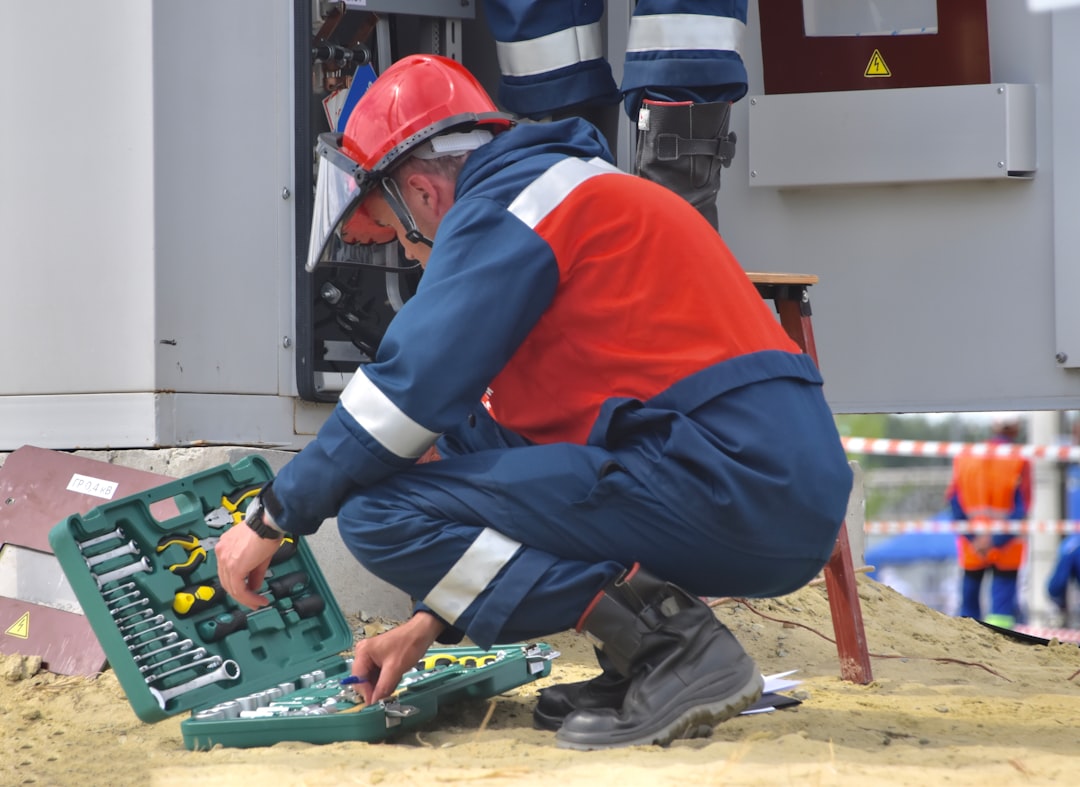
Steel construction is an essential procedure in different sectors, preparing for constructing everything from bridges to cars. This broad term includes different processes, approaches, and methods that change raw metal right into functional products or parts. With the boosting need for tailored services and progressed technologies, comprehending the intricacies of metal construction is important for both producers and consumers.
The steel construction process usually includes numerous key actions, including reducing, bending, welding, and putting together. Each action plays an important duty in figuring out the final product’s high quality and efficiency. For instance, high-precision reducing methods like laser cutting or waterjet reducing allow for intricate designs with minimal waste. Flexing processes make certain that the metal components are designed accurately to fit within total constructions, while welding strategies, such as MIG (Metal Inert Gas) and TIG (Tungsten Inert Gas), ensure strong joints that are necessary for longevity.
One of the main advantages of steel construction is its adaptability. Various metals, including steel, aluminum, and copper, can be utilized for numerous applications, relying on their residential or commercial properties and the demands of the end item. This versatility enables industries to select products that ideal suit their requirements, affecting strength, weight, deterioration resistance, and cost-effectiveness. Moreover, improvements in manufacture technologies have actually further expanded the series of applications and the intricacy of designs that can be achieved, equipping organizations to innovate continuously.
Metal fabrication not only offers sensible purposes yet also adds dramatically to the economy. The manufacture market creates work, drives technological advancement, and sustains various other fields such as construction, automotive, and aerospace. As markets advance in the direction of even more lasting methods, steel fabrication is adapting to meet these challenges by embracing new technologies, such as automation and progressed robotics, to improve effectiveness while lowering ecological effect.
In conclusion, metal fabrication is a vital element of modern manufacturing and infrastructure development. Recognizing its strategies, applications, and importance assists companies and consumers value the complexity behind the steel items we usually consider granted. As technology remains to breakthrough, the opportunities for technology within the steel manufacture industry will undoubtedly expand, leading the way for a more effective and sustainable future.
